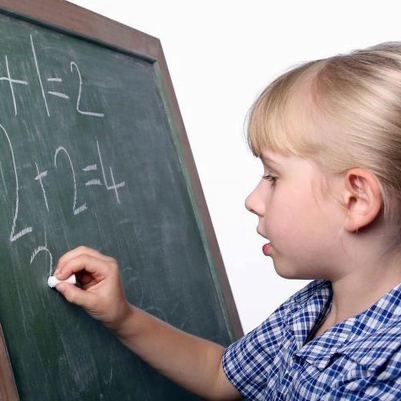Some parents push their children so hard at the beginning that their children end up hating study. Other parents, at the other extreme, ignore their children’s progress for so long that the youngsters have difficulty keeping up with other classmates. So what’s the best way to guide our children in their learning?
Jean Piaget divided cognitive development into four stages–Sensorimotor, Pre-operational, concrete operational and formal operational.
According to Piaget’s theory, primary schoolers between the ages of seven and eleven are at the concrete operational stage.
That is, the scope of their thinking is limited to details and things. Children of this age have problems thinking logically and abstractly, and they do not learn facts merely by reading about them. They can understand and learn new things more easily if they have helpful tools. Mathematics, in particular, becomes interesting and fun if children understand it. Otherwise they are limited by how much they can memorise.
Of course there are some formula and equations that children do need to memorise, but there is huge difference between simply memorising the facts and memorising them after the processes have been understood. This is why modern primary school teaching has become largely play- or activity-oriented.
We learn a language by reading it, listening to it, speaking it and writing it; we master computing by practising what we have just learned; and we learn science by doing class experiments. It works the same way for mathematics.
To understand the concepts of mathematics, we must work with concrete things. To understand a figure, children need to touch that figure. To understand how equations are created, children need to experience the process with their senses.
Nothing helps more than a positive, entertaining experience. Find anything in your daily life that is related to mathematics and have some fun with it.
Everything that you and your child enjoy doing together and enjoy doing is related in some way to math, science or literature. For example, when your family is having a pizza, you can teach your child the relationship between a part and the whole – the basis of fractions. When setting the dinner table, you and your child might discuss how many pairs of knives and forks will be needed. This introduces the concept of multiplication.
By paying a little more attention to the things we do automatically, and asking the right questions, we help our children to absorb mathematics naturally and easily.






